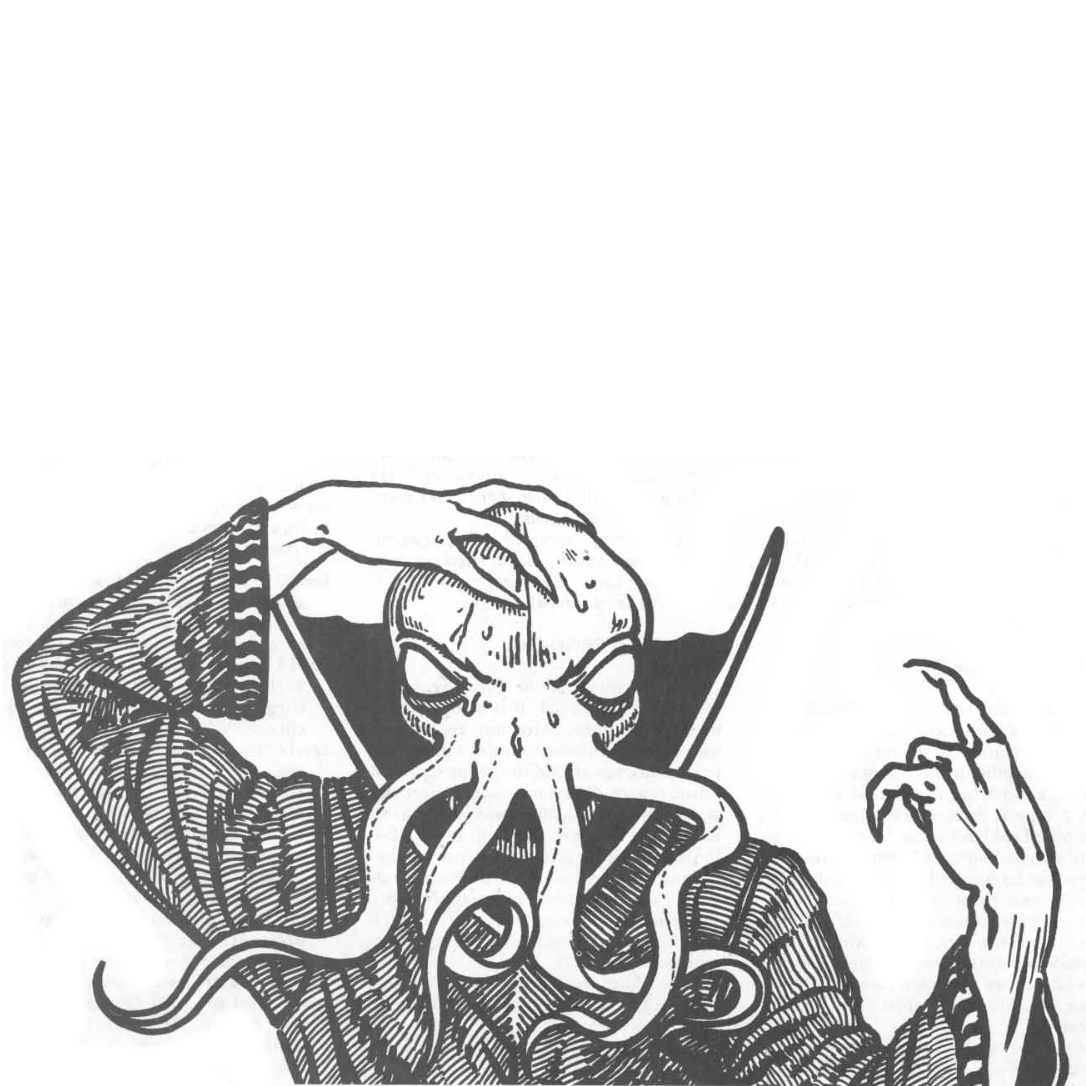

If there are three players present I’ll run. Unless there is something big upcoming, then we’ll discuss if we want to postpone. I usually say “I want four players, so I’ll recruit to five, and run with three”.


If there are three players present I’ll run. Unless there is something big upcoming, then we’ll discuss if we want to postpone. I usually say “I want four players, so I’ll recruit to five, and run with three”.
Inkscape enjoyer here. The vector based tech makes it not that limited to my skill at drawing but rather how I can manipulate the vectors and points. Make things thinner or wider, change a curvature etc. And nothing is set in stone. I’m using it for everything. World maps, region maps, settlements, dungeons. You name it. For dungeons (and inside locations) I gathered all my most used assets to save time.


“New to me” it may technically be but I’m going to start up something with Ironsworn: Starforged: Sundered Isles (yes I’m calling it that, fight me). Have used both Ironsworn and Starforged before but not Sundered Isles.
What actually would be new to me is Fey Borg as I’ve yet to run anything Borg. Barely anything OSR at all.
Shawn Tomkin’s Ironsworn series. Delve I regularly use for setting up point crawls. Ironsworn/Starforged/Sundered Isles have great collections of random tables, I use the book thematically most fitting for the situation at hand. The core tables of Action, Theme, Descriptor and Focus all get heavy use.
Kevin Crawford’s [SOMETHING] Without Number series have awesome tables as well. These however get more use when I need more detail. Prep stuff. Again most thematic book is picked first but I do have used Cites (cyberpunk) for fantasy cities.
When I want to create background for “medieval fantasy” characters I pick up Burning Wheel and burn something up. Through that I get a good selection of relevant skills to sue (for flavor)
Anything related to cosmos and mythology I say HELLO! to my growing collection of Glorantha material. From cult books to magic tomes and Atlases.
Another Himedere checking in. I love setting up situations where the players and/or the characters squirm in anguish about what to do.
My favorite so far was an estranged princess living as a man and hostel owner. He had turned his back on the throne and wanted little to do with it. As a bonus he was the only child of the king’s only remaining child. Fast forward a bit and he needed a (legal) favor from the king. Went to court and met with his grandfather. The king would do it, no strings attached if a) he returned to court and resumed his duties as prince and b) sired an heir.
There were a good thirty minutes of the players anguishing if he should accept while going deep into character motivations and the setting. During that game I don’t think I did as much concrete worldbuildning as during those thirty minutes. I loved it, the players loved it. Great time.
So many. And the answer to all “why nots?”. Time. It’s time. So off the top of my head
Eat the Reich - “The year is 1943. You are a team of crack vampire commandos with one mission: drink all of Hitler’s blood”
Conan 2d20
Legend of the Five rings (5e)
Stoneburner - Deep Rock Galactic the TTRPG
Vaesen - Call of Cthulhu but rooted in nordic mythology
Heart the City Beneath - an award-winning complete tabletop roleplaying game about delving into a nightmare undercity that will give you everything you’ve ever dreamed of – or kill you in the process.


Cat is grumpy because someone stole its humans
The more abstract the map is the more of a support for TotM it becomes. I selfom do a map, rather a flowchart. Quicker, easier and knocks out the last desire to measure things.
This brings us back to zones, a good middle ground. Draw rough map, or great map, and on it mark intresting combat zones. Some are separated with emptiness, others by obstacles.
For example a tavern brawl. Zones could be the Bar, Kitchen, Common Room, Balconies, Private Rooms, Out Front and Out Back.
Fighting on the Balconies could be tight, only one in width and with the risk of being thrown off it into the Commonroom. In the Kitchen there would be fire hazards, improvized weapons, knifes and the Stew. Not to forget other ways to spice things up in there. Around the Bar there would be some cover fighting someone on the other side, bottles to be broken and combatants to glide alond the bar for maximum mental damage.
And so on. Make each zone memorable and with special features. Did I mention drawing it out really helps?
No grid only effect templates. Freeform battlemapping y’all!
And rulers.


Or why not simply have degrees of success on EVERYTHING? But as you say it would be a lot of work. Folks have done it, just look at yhe various dicepool system or even Pathfinder 2e.
On a sidenote I find saves boring. I enjoy actively rolling skills much more engaging. And all spells being “attack rolls”.


The way DnD is built does require the counter dance. Big abilities are part of its features. So there need to be ways to counter those abilities. That is the (modern?) DnD way.


Very sparse with such abilities and those that exist generally don’t apply to Monsters. Some only apply up to human sized targets. No hypnotic patterns, hold monsters etc.
Dragonbane leans a bit into OSR aporoaches here in that you will have to work with the GM and the fiction to get things capable of trivialising encounters. But then the encounter vs the Monster wasn’t fought in battle but in strategizing and preparation.


It would silence as many screams as hands you are loosing pulling items from it. Which is zero.


It could be that Hadbro only licence the “video game” part or all dynamic electronic content (beyond, vtts etc). But I’m not sure how much of a cash influx that would give Hasbro.
Something that is also helpful in this situation is to ask what their Intent is with their action. The why they want to do it. Often striking up that conversation looses some blocks.
D&D is hard. Sure the core of it is straight forward but then things start to add up. It is a game that wants you to care about minutia. How far travelled, distance between two points, the height of dungeons ceilings, how long passed since that spell was cast, how much you ate yesterday. And it wants you to arbitrate spell interactions, players weird schemes and prepare a lot of stuff. Also it wants you to actually run the narrative. Some love this difficulty, find the intricacies challenging and desire to master it all.
The good news is that the behemoth of D&D isn’t alone out there. Really lots of good stuff can be found. First problem is knowing what one want to find. Second is finding others that have similar taste to you. But it is doable and a good thing to do is ask for help. Because if it is something we like here it is to talk about ttrpgs. Getting us to shut up… better ask santa for a dragon.


Anything compared to Duskvol is sunny. That city and its atmosphere is so oppresivley dark and dreary. The sun literally doesn’t shine and no stars illuminate the night sky.
I don’t find Cthulhu horror that dark. Damp and misty sure. With the cosmic/existential horror being rooted in ones insignificance and the ungraspness of the infinite existence there is little explicit need for darkness. It can be dark yes, just doesn’t need to be.


On DrivethroughRPG.com you can browse by rule system
https://preview.drivethrurpg.com/en/browse?ruleSystem=100226
Itch.io has a Forged in the Dark tag
https://itch.io/physical-games/tag-forged-in-the-dark
And I found a list of fan creations on the blades webpage. Not sure how maintained that is but it is there.
https://bladesinthedark.com/fan-creations
Quoting the wise Sage Yoda
Therefore Fear of Spiders (arachnophobia) is Neutral Evil.